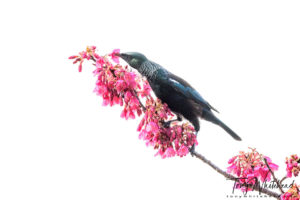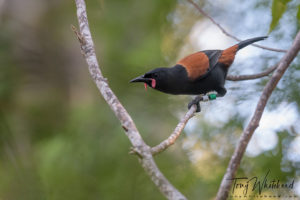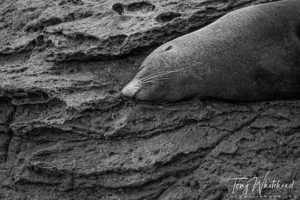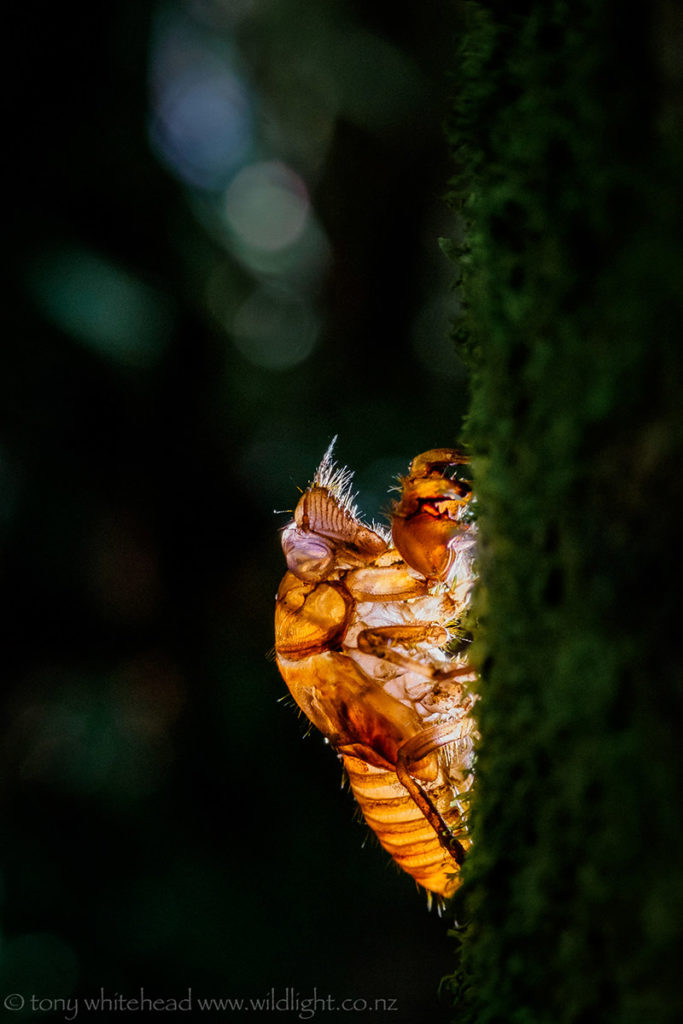
Singing Cicadas are the sound of summer and although this summer was late in starting it has been a great one for our Chorus Cicadas with their song quite deafening as we enter the forest. The forest edge just outside our door has been thick with singing adults and the shucks of hatched nymphs so Edin and I spent some time exploring and making pictures to illustrate some points for the workshop we were preparing. Cicadas are great subjects for macro work as the nymphal shucks aren’t going anywhere and the adults are often quite sedentary and undisturbed by close approach, presumably trusting in their camouflage. It is a perfect opportunity to try some different lighting setups and one of the most useful is to use a little LED flashlight to backlight the nymph shucks to highlight their chitinous translucense.
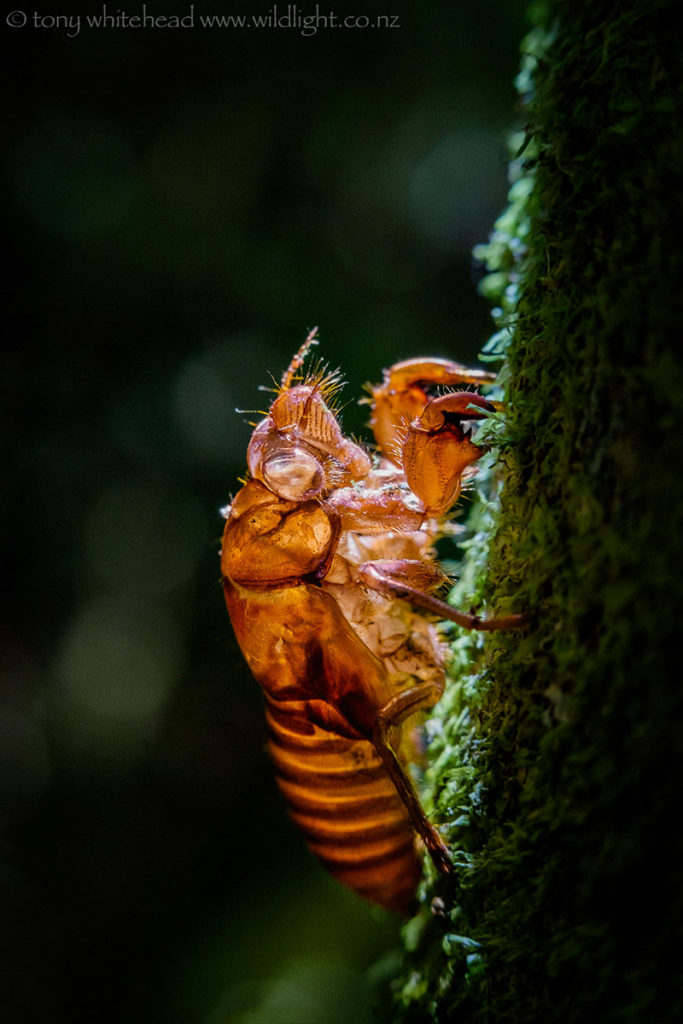
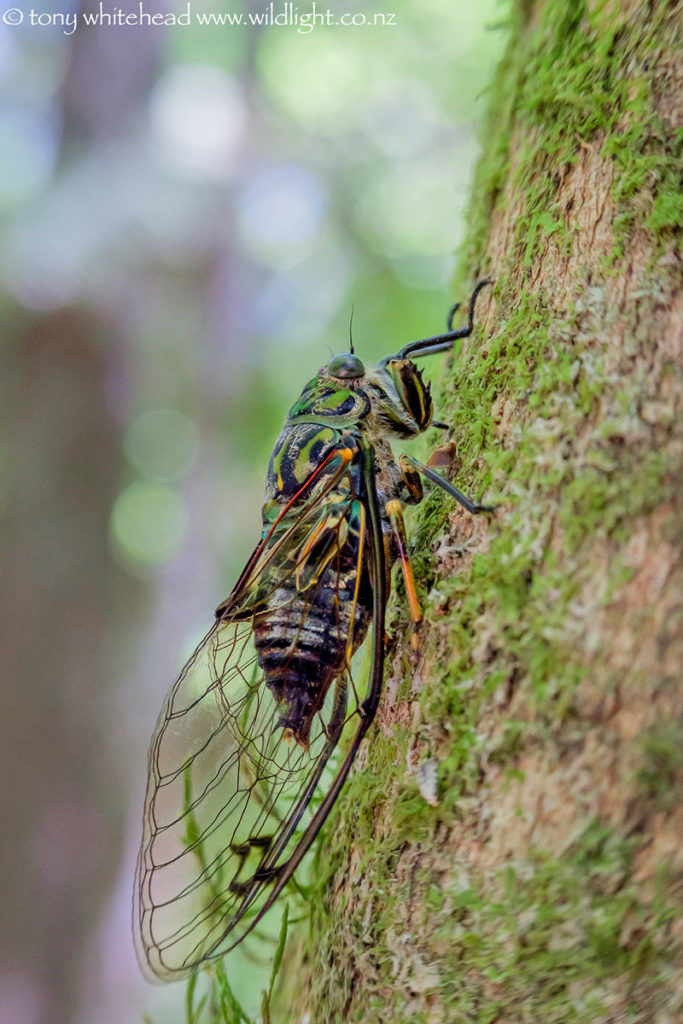
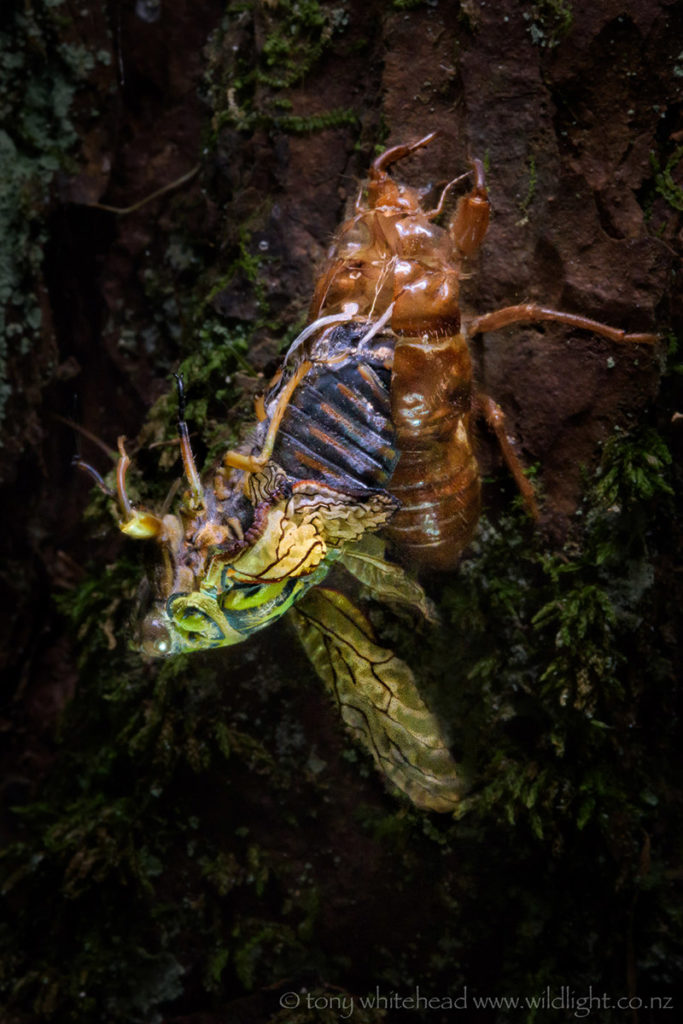
The Chorus Cicada (Amphipsalta zelandica) is New Zealand’s largest Cicada with a wingspan of 80mm. The adults lay eggs on vegetation and, when hatched, the nymphs drop to the forest floor and burrow down to feed on sap from roots. After a number of moults as they grow the nymphs emerge 3-5 years later to crawl up a trunk and hatch into an adult to restart the cycle. For more information see Te Ara – The Encyclopedia of New Zealand.
Stillborn Cicada photographed with Nikon D810 and Nikon 105mm f2.8D macro lens and LED ringlight mounted on a tripod. Other Cicada sh0ts with Fuji XT1, 35mm f2 lens with Fuji MCEX-11 extension tube, handheld.
